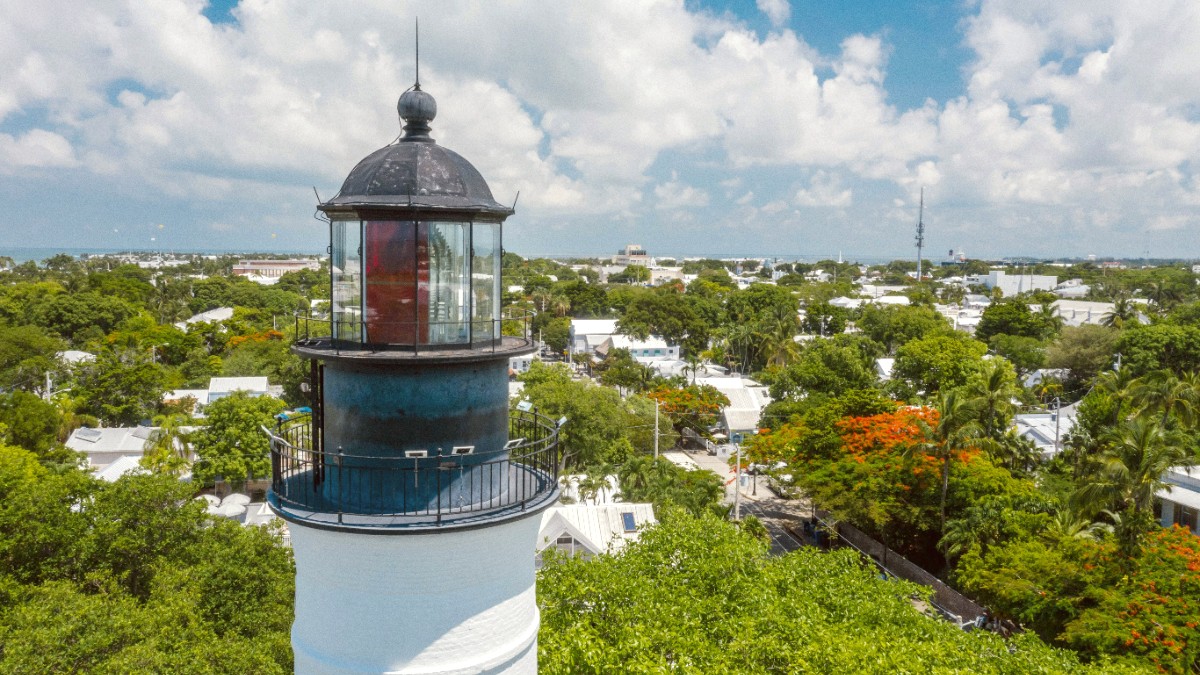
Florida, USA
This island offers more than just beautiful scenery. It presents an escape into a world where history and nature combine with a welcoming community. West creates a chance to recharge, explore, and connect with a place that genuinely feels different. You will find yourself enchanted by its character and the easygoing way of life.
West does not just invite you to visit; it encourages you to become part of its story, even if only for a short time. You can choose to dive into the lively nightlife, explore quiet historical sites, or spend your days on the water.
Every option sets the scene for a memorable experience. Its blend of history, natural beauty, and a welcoming community creates an atmosphere that captivates many.
West sits as the southernmost island in the Florida Keys, a chain of islands extending southwest from the Florida peninsula. It lies closer to Havana, Cuba, than to Miami, Florida. This geographical position influences its climate, ecosystem, and cultural ties. The island measures approximately 4 miles long and 1 mile wide, making it compact and readily navigable.
The island itself is a "fossilized coral reef," formed from ancient coral reefs. This means the land is generally flat and low-lying, with elevations rarely exceeding 18 feet above sea level. The surrounding waters are part of the Florida Reef Tract, the only living coral barrier reef in the continental United States. This natural feature draws snorkelers and divers from around the globe.
Closer to Havana, Cuba than Miami, Florida.
Approximately 4 miles long by 1 mile wide.
"Fossilized coral reef" with low elevation.
Confluence of Atlantic Ocean and Gulf of Mexico.
Part of Florida Reef Tract, a living coral barrier reef.
West beaches often have a mix of sand and natural coral or rock, rather than expansive stretches of soft sand. Fort Zachary Taylor Historic State Park presents one of the best natural beaches on the island, featuring clear waters and a rocky shoreline. Other beaches, like Smathers Beach, feature imported sand for a more traditional beach experience.
The island's position at the confluence of the Atlantic Ocean and the Gulf of Mexico changes its currents and marine life. You will find different fish species and ocean conditions depending on which side of the island you explore. The Gulf side, specifically the West Bight Historic Seaport, displays calmer waters for boating and a working harbor atmosphere. The Atlantic side faces the open ocean, with stronger waves and currents.
Driving to West means traversing the Overseas Highway (U.S. Route 1), a marvel of engineering connecting the islands of the Florida Keys. This road stretches over many bridges, including the famous Seven Mile Bridge, offering stunning panoramic views of the ocean on both sides. This drive introduces you to the unique island environment, transitioning from mainland Florida's landscape to the distinct tropical setting of the Keys.
West is compact. You can readily cover most of it on foot or by bicycle, simplifying local movement.
West boasts a past as colorful and unique as its present. Its strategic location at the entrance to the Gulf of Mexico gave it importance throughout various historical periods. The island was originally inhabited by the Calusa people. Europeans arrived in the 16th century, and Spain claimed it, though it remained largely unsettled for centuries.
In 1822, the United States acquired West, transforming the island into a hub for maritime trade and military operations. Its natural deep-water port made it ideal for salvaging shipwrecks, a very profitable industry in the 19th century due to the treacherous coral reefs. "Wreckers" would salvage goods from grounded ships, making West, for a time, the wealthiest city per capita in Florida.
Explore this history at the West Shipwreck Museum, which brings this dangerous and lucrative past to life.
The late 19th and early 20th centuries saw West become a center for cigar manufacturing, mainly by Cuban immigrants.
Many charming Conch houses reflect Bahamian and Cuban architectural styles, built by master carpenters from the Caribbean.
West also became a haven for famous individuals seeking inspiration and escape. Ernest Hemingway lived here during the 1930s, writing some of his most famous works. His home, now a museum, offers a glimpse into his life. Harry S. Truman also found solace on the island, using the "Little White House" as his winter retreat during his presidency.
From the salvagers and cigar makers to the writers and presidents, countless stories shaped this island into the captivating destination it is today.
West today presents a relaxed atmosphere with a distinct character, blending historical charm with modern amenities.
The main thoroughfare bursts with shops, art galleries, bars, and restaurants, active day and night.
The island's spirit embraces tolerance and acceptance, drawing a wide range of visitors.
From historic guesthouses and charming bed-and-breakfasts to modern resorts and vacation rentals.
West encourages exploration on foot or by bicycle. Its compact size and flat terrain make it ideal for leisurely movement.